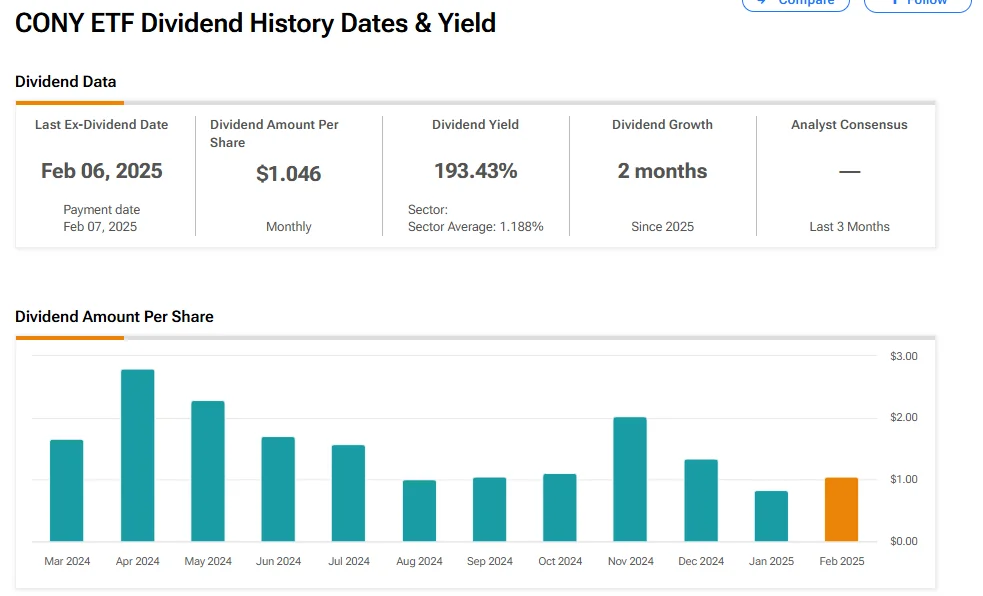Cony dividend is a term that often comes up when investors analyze returns and strategies. It reflects not just a financial concept but also a broader approach to maximizing wealth. Investors who track such metrics tend to focus on long-term results rather than quick gains. By examining the principles behind this payout model, individuals can gain clarity on how businesses reward shareholders. Understanding how it functions can help people align portfolios with consistent income strategies. In today’s global economy, investors want sustainable methods that balance growth and income. Cony dividend strategies allow for such a balance.
Building Wealth Through Market Patterns
Market patterns influence financial outcomes by shaping buying and selling behaviors. Analysts often study historical data to anticipate future price actions. This practice allows them to identify cycles and shifts in investor sentiment. People who follow such signals can position themselves effectively. Recognizing how these patterns repeat improves decision-making. Investors who understand both technical and fundamental elements create stronger portfolios.
Role Of Consumer Confidence In Investing
Consumer confidence directly impacts market activity. When confidence rises, people spend more, which stimulates corporate revenues. This cycle boosts stock prices and makes dividends more reliable. On the other hand, declining confidence reduces spending and business growth. Investors who monitor such indices can adapt to changing conditions. A balanced view of consumer behavior helps them anticipate potential risks.
Innovations Reshaping Global Industries
Innovation drives progress across industries and strengthens financial ecosystems. Companies that invest in research and development typically deliver better returns. Emerging technologies, such as automation and artificial intelligence, enhance productivity. These innovations also create opportunities for new markets. Investors who identify early trends often secure higher gains. Businesses that prioritize technology often maintain long-term competitiveness.
Financial Literacy As A Foundation For Success
Financial literacy provides individuals with the knowledge needed for sound decisions. It equips people to understand key metrics, cash flow, and returns. With strong literacy, individuals can evaluate diverse investment products. They learn to compare risks with rewards and avoid common mistakes. Educational initiatives in finance empower societies to build wealth collectively.
Global Trade And Its Effect On Investments
International trade influences market stability and growth. Countries that maintain healthy trade balances often experience stronger economies. Export-driven nations enjoy higher corporate profits and improved investor returns. On the contrary, trade deficits can weaken currencies and reduce stability. Investors who consider these factors gain insights into global opportunities. A strong understanding of trade dynamics supports smarter portfolio allocations.
Corporate Governance And Shareholder Value
Corporate governance ensures accountability and transparency in business operations. Companies with robust governance attract long-term investors. Clear policies, ethical leadership, and compliance protect shareholders. When management aligns interests with investors, shareholder trust grows. This alignment contributes to stronger market positions and consistent payouts. Investors value companies that demonstrate integrity and openness.
Diversification As A Long Term Strategy
Diversification reduces risk by spreading investments across multiple sectors. It prevents heavy losses when one industry faces challenges. Portfolios that include stocks, bonds, and other assets tend to remain resilient. This strategy ensures more stable returns in the long run. Diversification is one of the most widely recommended financial practices. It also reflects a disciplined approach to wealth management.
Understanding Risk Management In Portfolios
Risk management is central to building sustainable financial growth. Investors must assess market risks, liquidity issues, and economic factors. By identifying threats early, they can minimize potential losses. Tools such as stop-loss orders, insurance, and hedging protect assets. Balancing high-risk and low-risk investments ensures stability. A proactive risk strategy safeguards long-term financial health.
How Market Psychology Shapes Investor Behavior
Investor behavior is strongly influenced by psychology. Emotions such as fear and greed often drive buying and selling decisions. When markets rise quickly, many chase returns without careful thought. During downturns, panic selling worsens losses. Investors who maintain discipline and objectivity gain advantages. Recognizing psychological traps allows individuals to remain focused on goals.
Long Term Vision In Investment Planning
Successful investors emphasize long-term vision over short-term speculation. Compounding returns reward those who stay invested over time. Businesses that deliver steady payouts, including cony dividend benefits, strengthen this strategy. Patience often leads to stronger results compared to frequent trading. Setting clear financial objectives helps maintain consistency. A forward-looking mindset improves resilience against volatility.
Sustainable Finance And Ethical Investments
Sustainability has become a priority for modern investors. Companies adopting ethical practices attract growing support. Environmental, social, and governance principles shape market decisions. Investors increasingly favor organizations that minimize harm and create value responsibly. Ethical investments align financial goals with positive global impacts. This trend continues to gain momentum across diverse industries.
Regional Economies And Local Opportunities
Regional markets present opportunities often overlooked by global investors. Smaller economies sometimes deliver higher growth due to rapid expansion. Local businesses also strengthen communities while offering competitive returns. Understanding regional dynamics enhances diversification. Smart investors balance global and local opportunities for greater resilience. This dual approach expands long-term growth potential.
Future Trends That Will Influence Finance
Future financial landscapes will be shaped by technological growth, demographic shifts, and evolving regulations. Artificial intelligence will streamline analysis and decision-making. Generational transitions in wealth will create new investment priorities. Regulations will adjust to address emerging challenges. By staying informed, investors can adapt early to these changes. Preparation ensures stronger positioning in future markets.
Conclusion On Strategic Growth
Investors achieve the best outcomes when combining knowledge, patience, and discipline. Cony dividend strategies illustrate how consistent returns build wealth. Broader insights into psychology, global trade, and innovation add layers of understanding. Risk management, diversification, and sustainability provide resilience. With a structured approach, individuals can navigate financial markets effectively. By focusing on fundamentals, investors build long-term prosperity.
